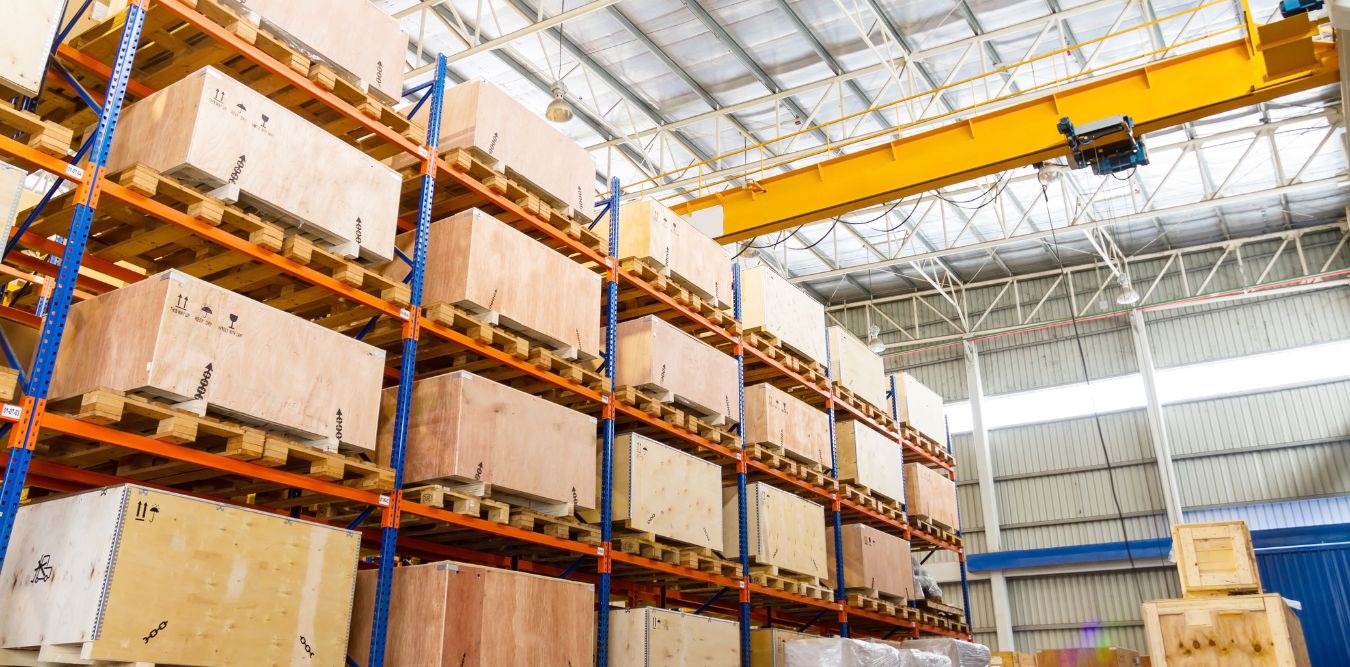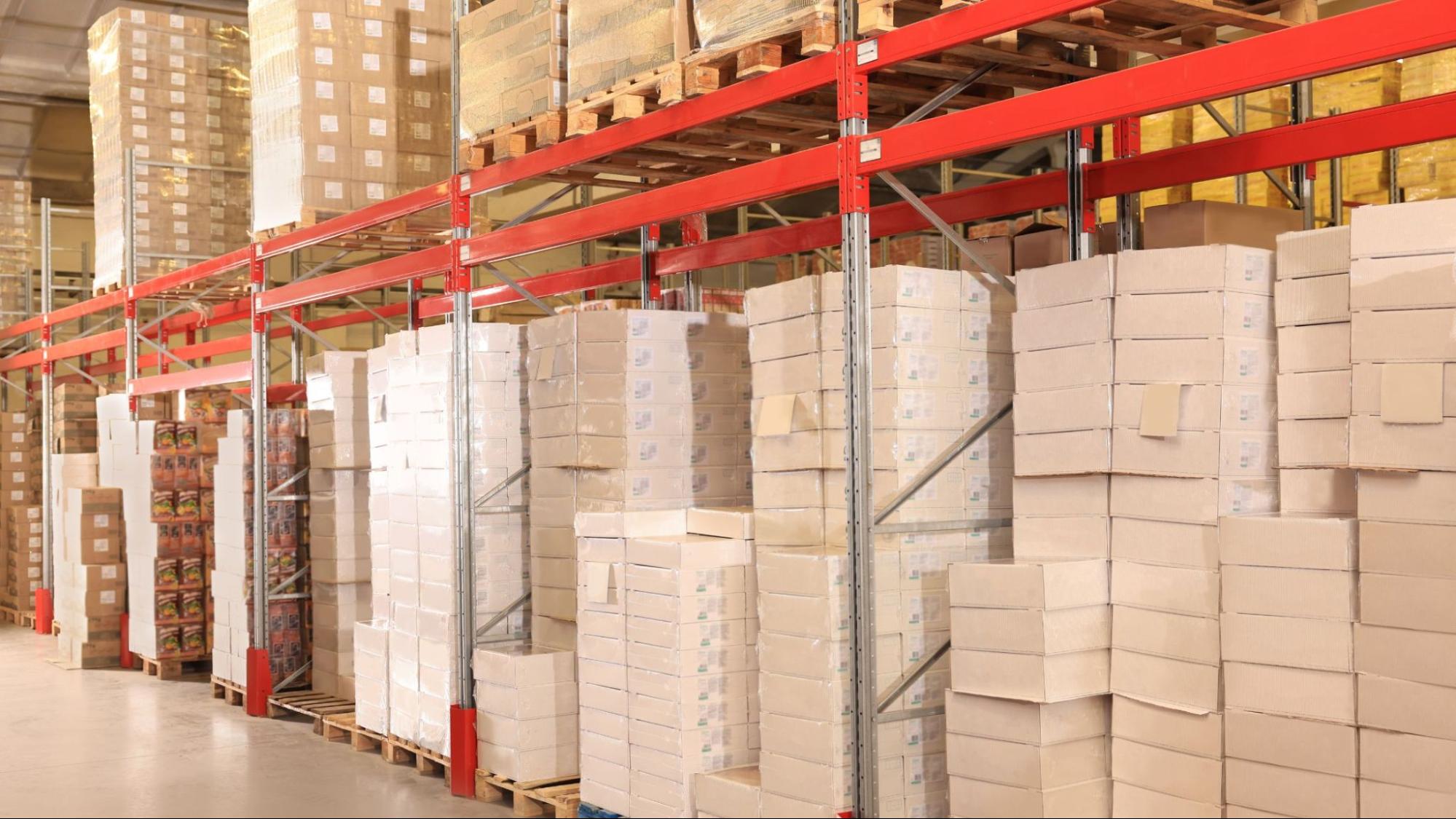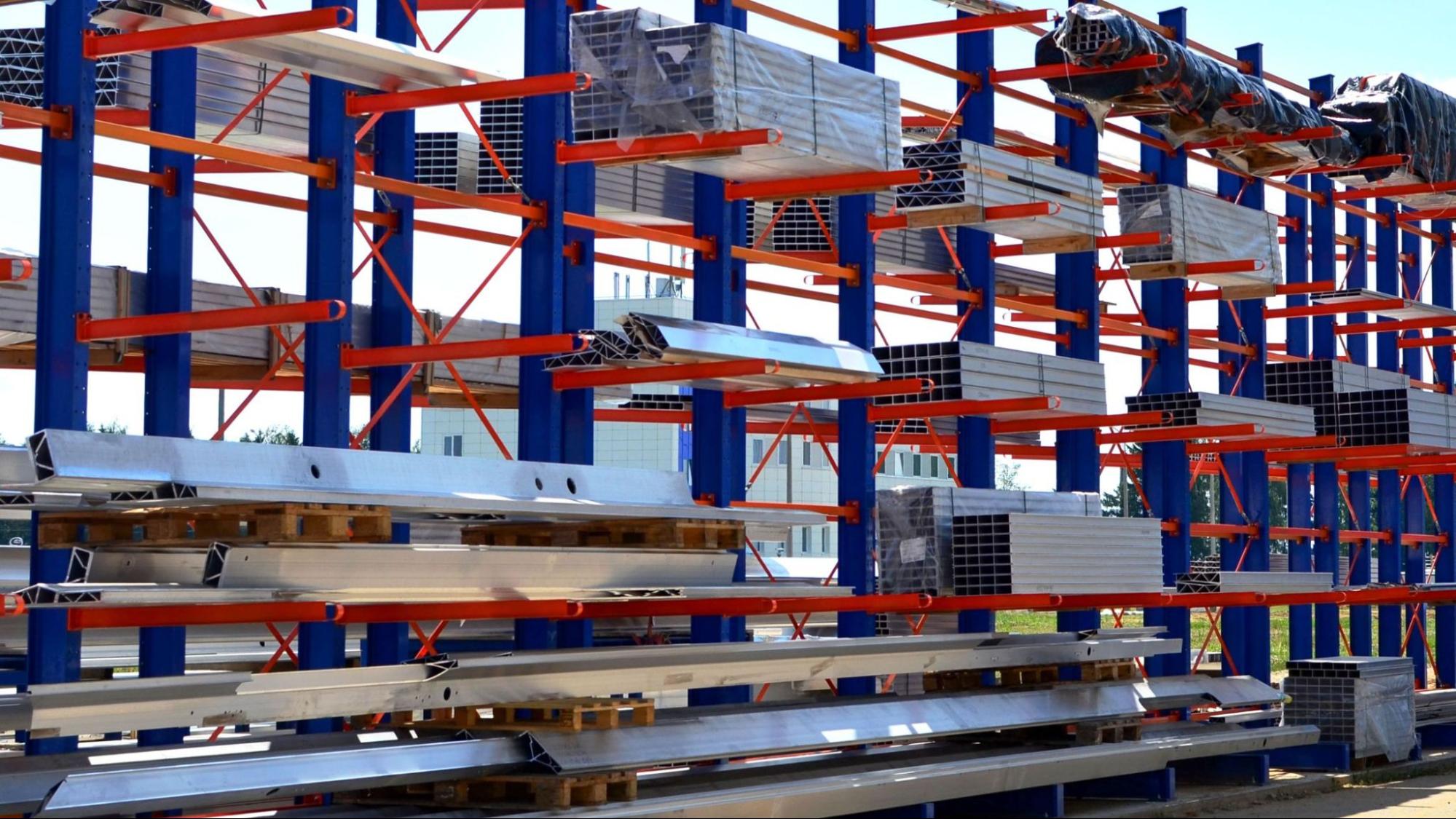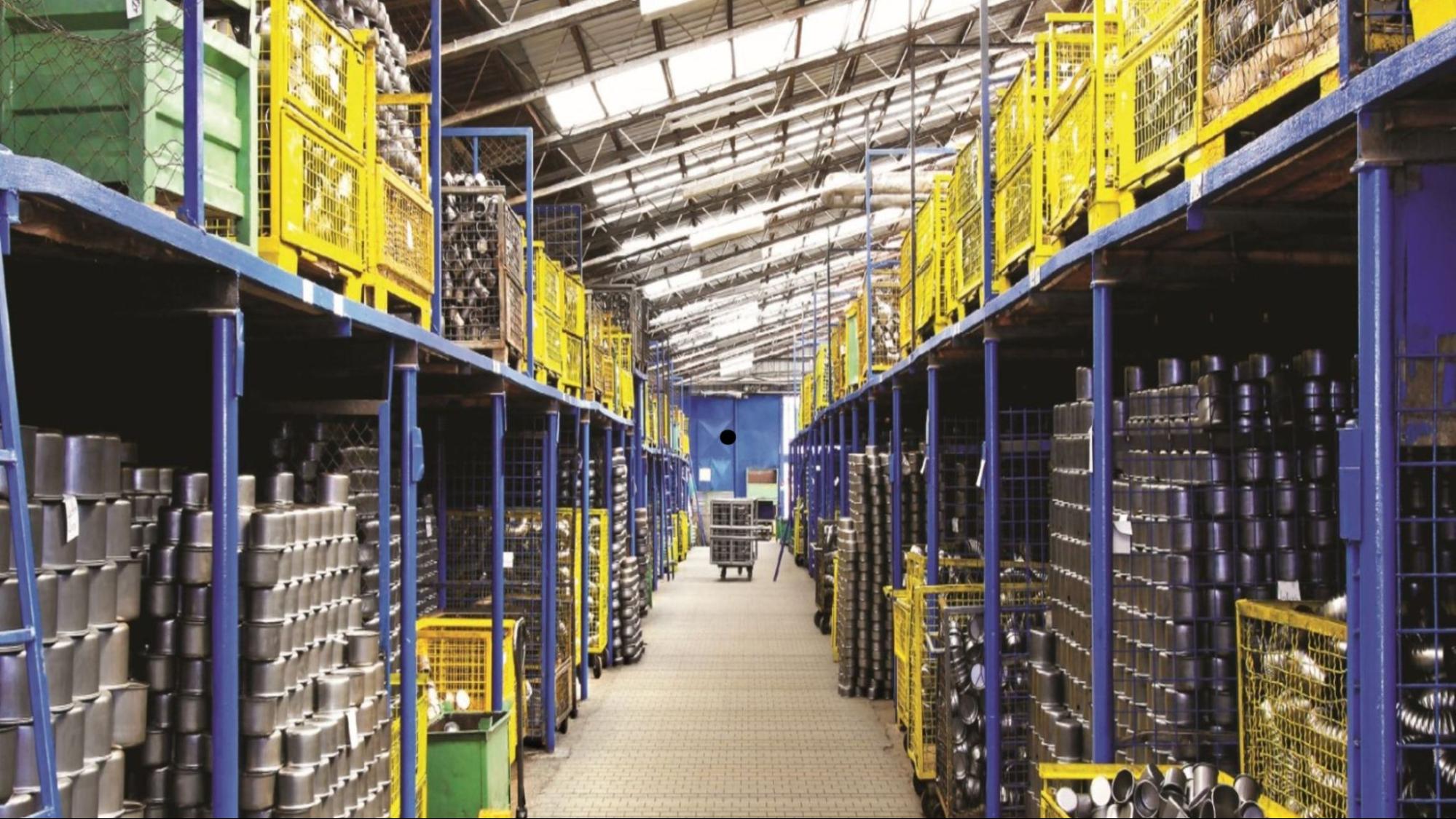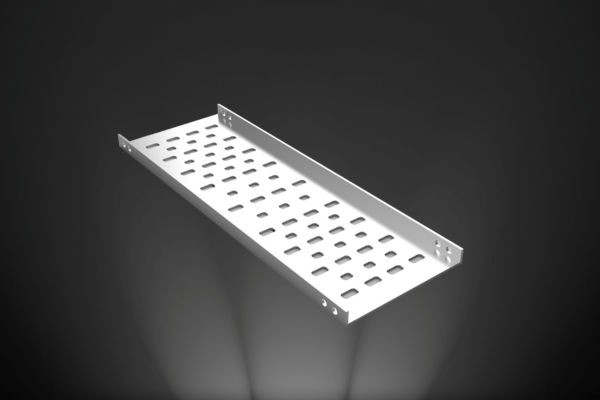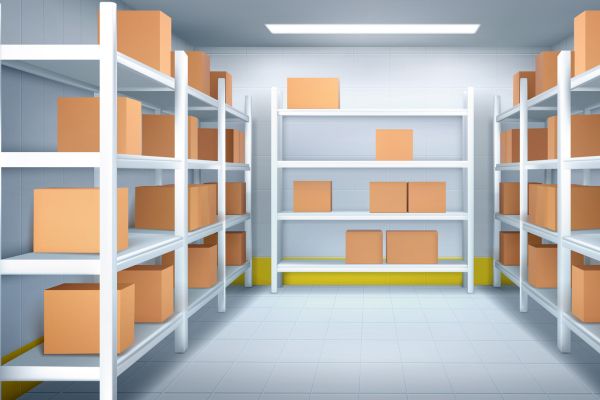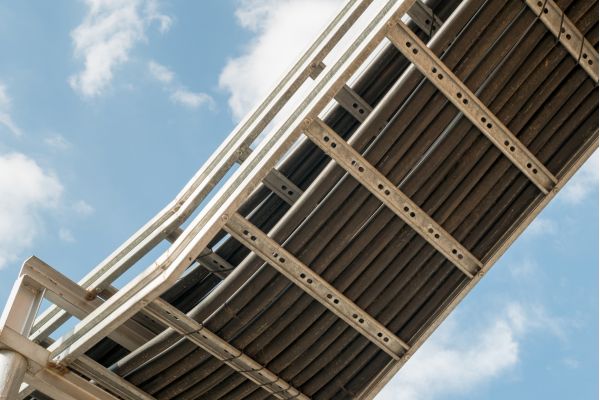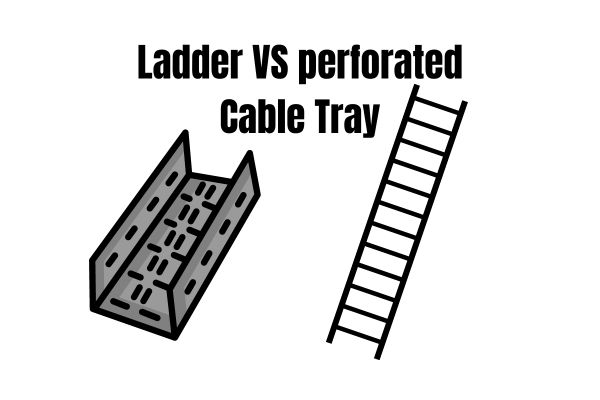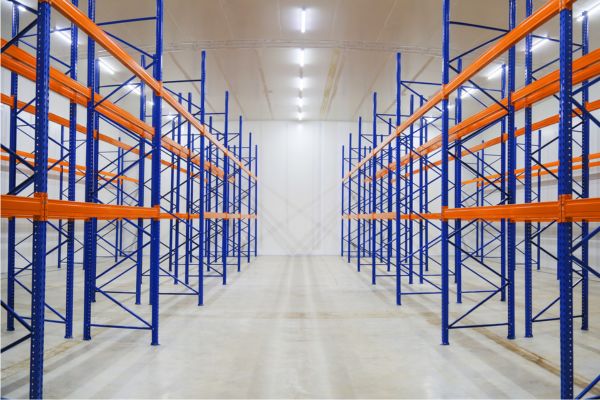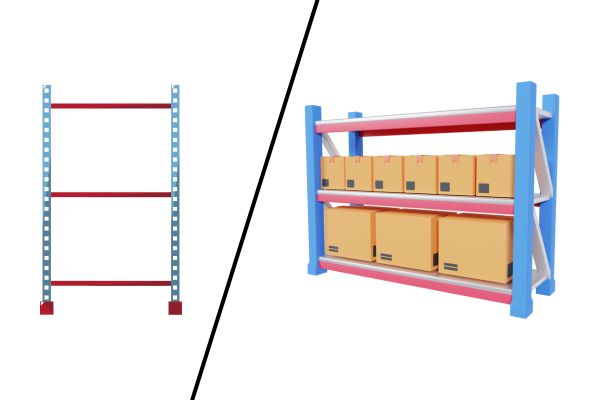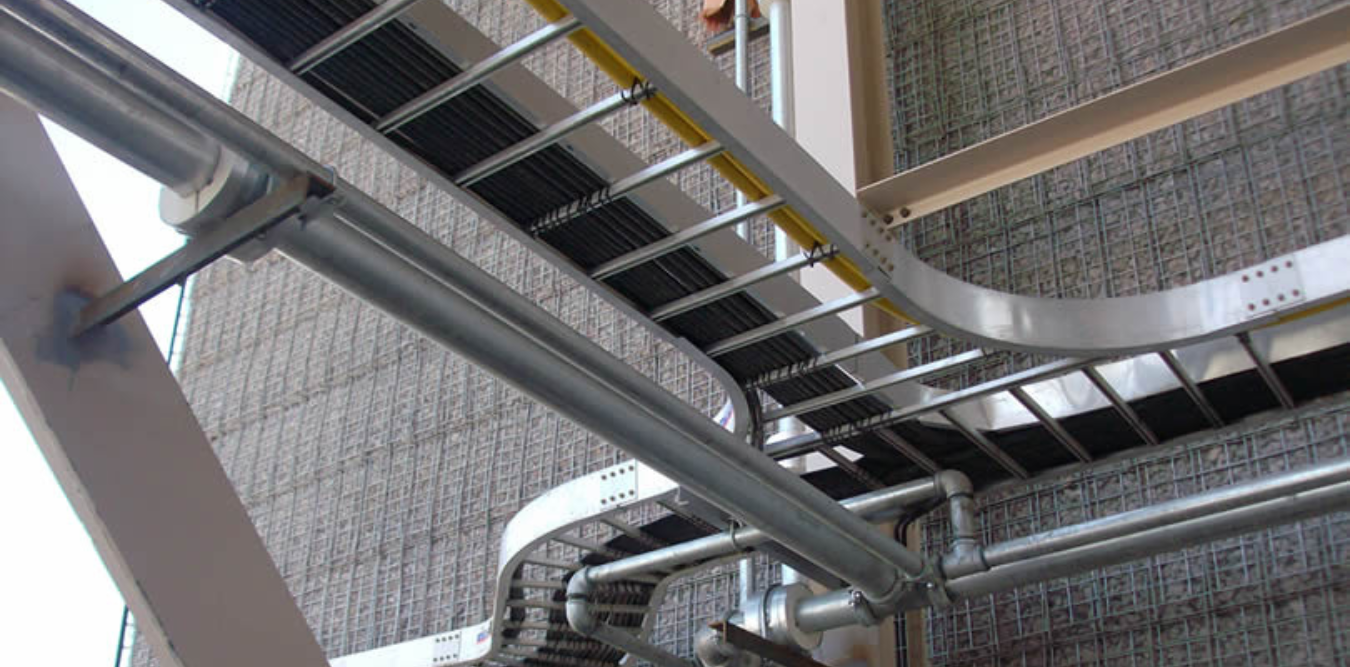Introduction
Choosing the right racking system is crucial for maximizing efficiency and productivity in a warehouse where space is at a premium. Pallet racks and cantilever racks are two popular options, each serving different storage needs. Pallet racks are known for their versatility and ability to store various goods on pallets, making them a better wide range of industries.
Conversely, cantilever racks excel at storing long, bulky items like lumber, pipes, and furniture. This blog will compare these two racking systems to help you determine which is better suited for your warehouse.


